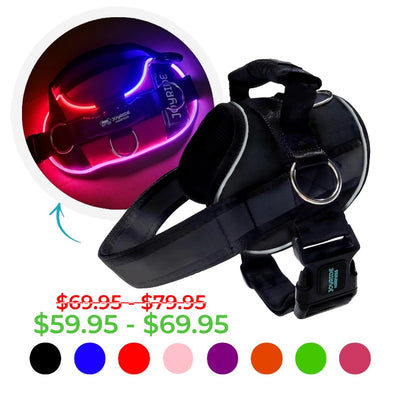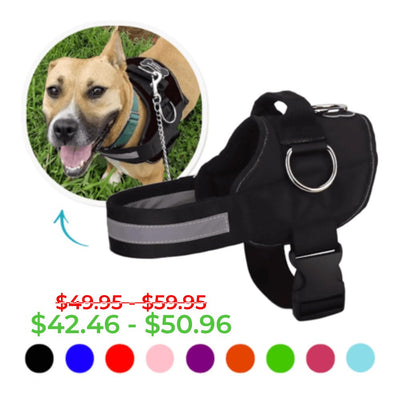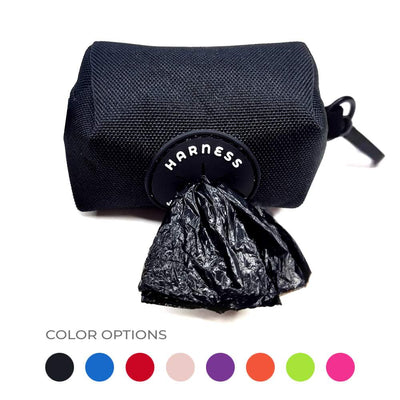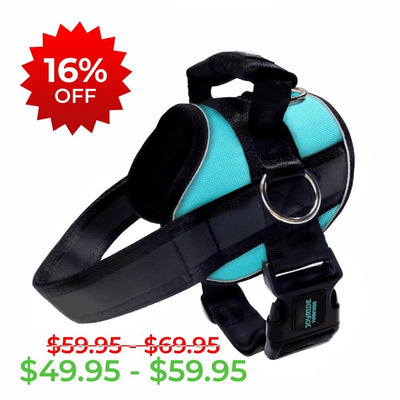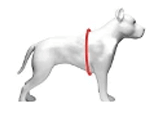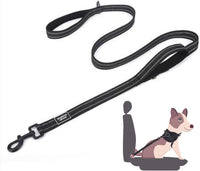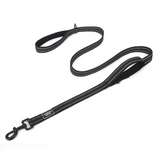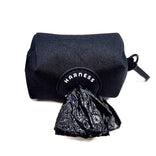Are Harnesses Bad for Dogs? Ultimate Guide
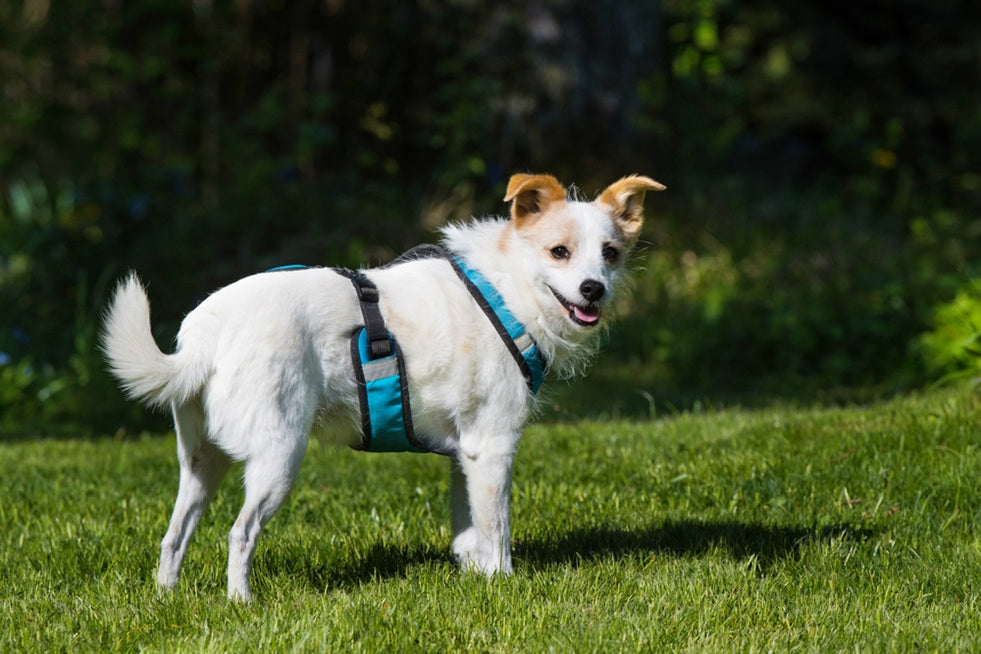
For new dog owners, to harness or to collar their dog is an important consideration. There are supporters of both, and it can be confusing knowing the right route. Are harnesses bad for dogs? Will they harm them? This guide gets down to the nitty-gritty of harnesses, what they're used for, what you need to remember, and why they're actually the better choice for your dog compared to collars.
Understanding Dog Harnesses
A harness will distribute force across a dog's chest and shoulders, whereas a collar relies on pressure around the neck. There are numerous styles of harnesses, each with a specific use:
- Front-Clip Harnesses are more controlling, especially for dogs that pull excessively. Since the leash is clipped in the front, these harnesses pull your dog towards you, and corrections are easier and less tiring on your arms.
- Back-Clip Harnesses are traditional and best suited for small dogs or well-trained dogs. The back clip on the leash offers no pulling on the neck, thereby making it less irritating for dogs with respiratory problems or weak trachea.
- Step-In Harnesses are easy to put on for dogs that hate having a harness put over their head. They are safe, comfortable, and ideal for daily wear.
- Dual-Clip Harnesses provide the benefits of both front- and back-clip styles, with the flexibility of being capable of training and walking every day.
Choosing the right kind of harness not only has comfort consequences for your pet, but also control consequences for you when you walk. If you're looking for the best running harness for dogs, for example, starting with the right harness is important.
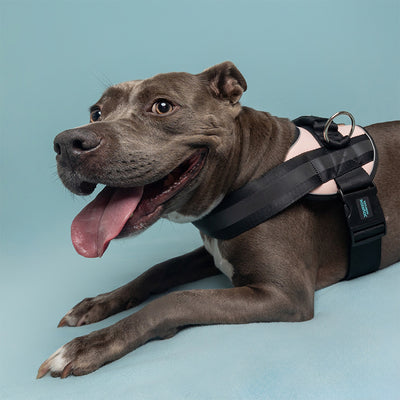
Benefits of Wearing a Harness
Harnesses have a number of benefits over a regular collar and are, for this reason, increasingly popular with dog owners. The first of these key benefits is the way they eliminate pressure or tension on a dog's neck. For dogs that are prone to pulling, for instance, a collar can far too easily become uncomfortable or even dangerous to the trachea, thyroid, or muscles of the neck. Harnesses by design eradicate this risk completely.
Some short-snouted breeds, like French bulldogs or pugs, for example, favor harnesses. These breeds are already more susceptible to respiratory problems, and thus collars are far less suitable. Harnesses spread weight and pressure and offer little risk of health complications.
Next, harnesses are practical for training. They give the owner more control without overloading the dog, enabling constant correction of the pulling. Are harnesses bad for dogs that pull? No, they are actually a safer and more humane solution than collars.
All in all, harnesses offer a safer, more comfortable, and more humane option compared to collars, especially in the case of very active dogs or dogs with specific health conditions.
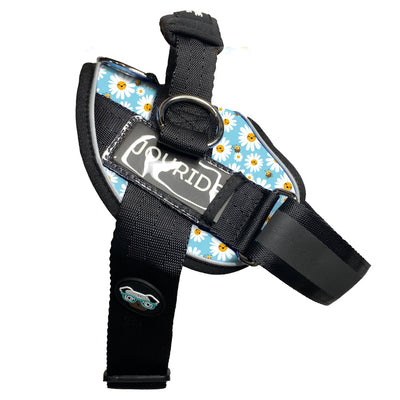
Harnesses Are Good (But Fit is Important)
Are harnesses better than collars for dogs? Absolutely - as long as they are properly selected and fitted, harnesses are superior to collars in most situations. However, like all dog accessories, improper use or fitting may well create problems. A harness that is too tight will chafe, while one that is too loose will allow the dog to wriggle free.
Look for good fit and size. To get the correct harness, measure your dog's chest and neck carefully and use our sizing chart. Select a close fit with two fingers' width of space between the harness and your dog's body. This will hold the harness in place without restricting free movement.
Make Your Dog Comfortable and Safe
Harnesses are not just safe for dogs but the better choice in comparison to collars. With better control, protection from injury, and comfort, they accommodate the diverse requirements of dogs from active puppies to aging pets. The key is choosing the right style and achieving a proper fit. With correct usage, a harness can make walks safer and more comfortable for both you and your dog.

